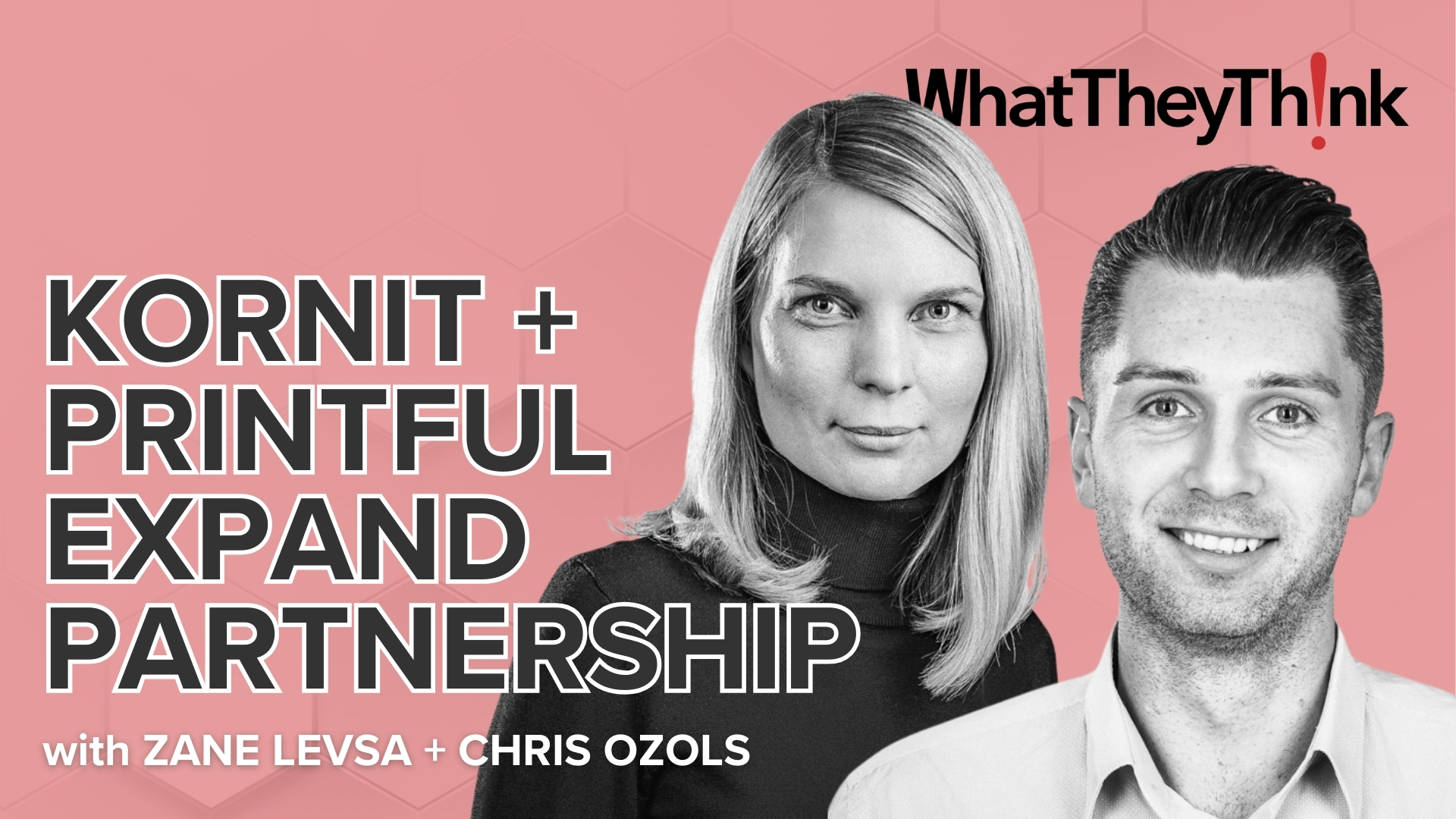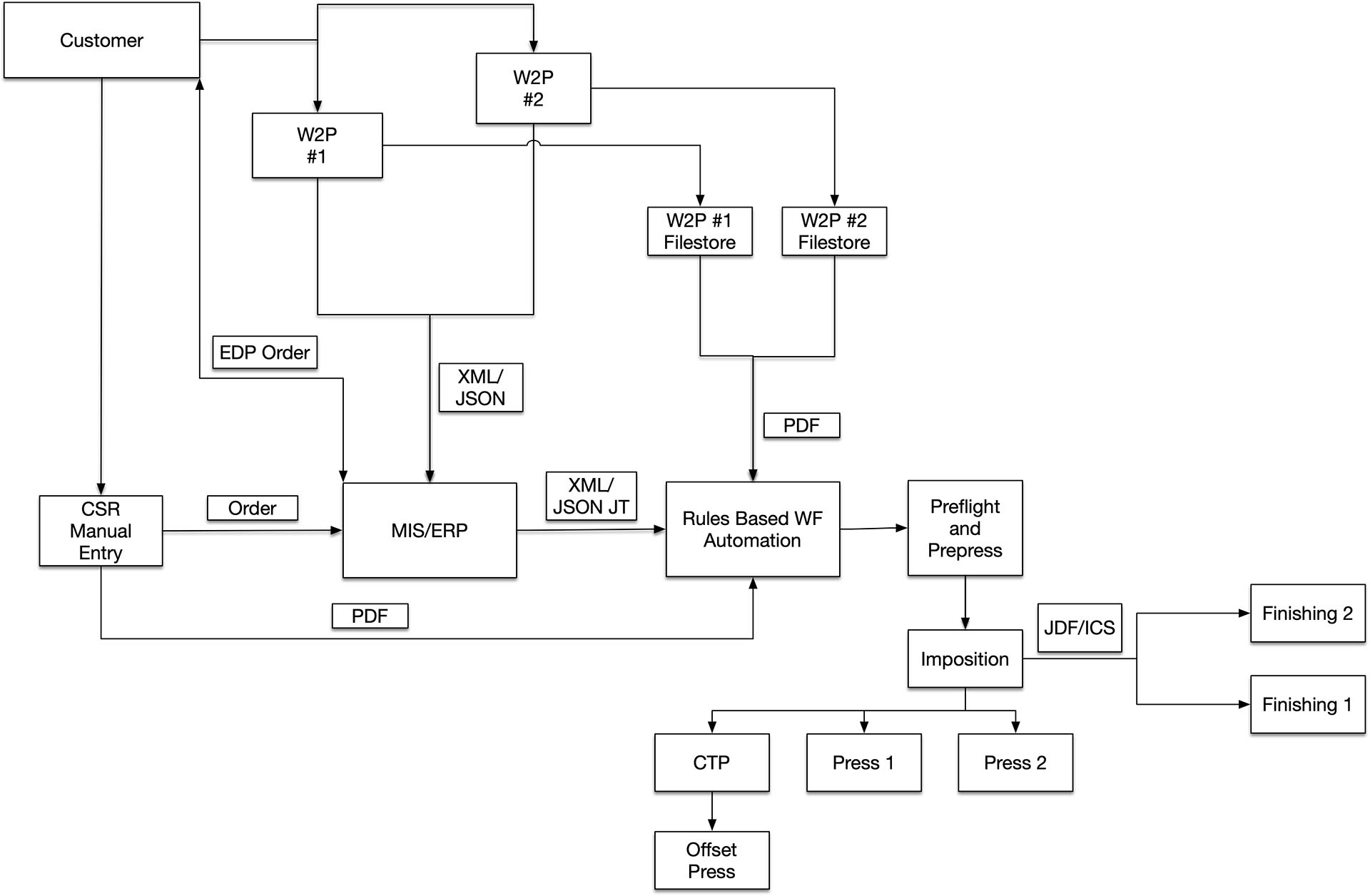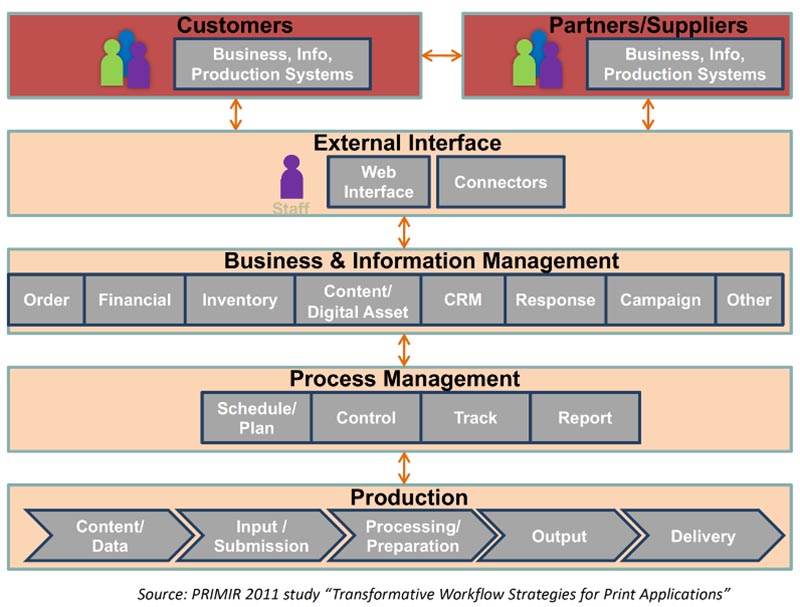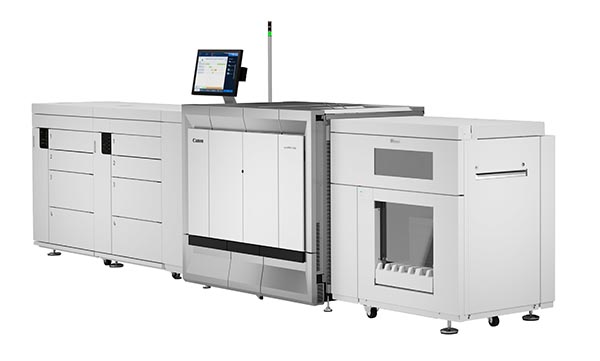Kevin Shimamoto has been in the Graphic Arts industry for more than 20 years in a variety of positions. Today he is the Chief Marketing Officer of Memjet, a company that is well positioned to provide the tools for the next generation of printing applications. For those of you who are unfamiliar with Memjet, they have been developing MEMS (Microelectromechanical Systems) design thermal printhead technology for OEMs since 2007. Since that time, they have introduced many significant developments in their 1600 x 1600 dpi printheads, inks, and delivery systems and now work with dozens of OEM partners. Memjet—and their existing and new OEM partners—are preparing to hit the ground running at drupa 2020.
WhatTheyThink: Kevin, what initially attracted you to Memjet?
Kevin Shimamoto: I’ve been indoctrinated into inkjet with my previous roles at HP, Kodak, and Phogenix, a joint venture between HP and Kodak, and I have been fascinated with what this technology can do today and more importantly its potential. At Memjet, we’ve built a whole company and a culture around likeminded individuals with great experience and great backgrounds that are extremely dedicated to changing the print market. To that end, we’ve introduced new technologies, but we’ve also built this company that’s very nimble, very fast, and very experienced that can impact the print market with very passionate people. That’s what attracted me and keeps me here today.
WTT: As I look at the print and packaging market today, it’s changing. It’s actually evolving for the good, and it’s fascinating to watch. We went through an initial lull as the technology developed, and now we’re starting to move on to better implementations of existing applications, but more importantly we are seeing new applications for print technology. What types of opportunities do you see for print technologies?
KS: Inkjet has made tremendous gains over the years and continues to make significant improvements across speed, cost, and image quality to the point where it will easily be the dominant technology in most of the print environments in the future.
Those benefits—speed, cost, and image quality—bring a tremendous amount of opportunity for the industry. Not only will different print shops in different environments profit from this technology, manufacturers and brands will as well. That’s a dynamic that just didn’t exist before and is really just starting to migrate into new applications and categories of opportunities. These opportunities are driven by the innovation and technology gains that will develop from the OEMs, the distributors, the end users, and ultimately the brands themselves.
WTT: Have you had a chance to speak with brands and get their reaction to, and understanding of, inkjet’s potential and some of the advantages?
KS: Yes. A unique aspect of Memjet is that based on our business model of selling technology, we are in a position to work not only with our OEM partners, but industry influencers, analysts, the press, and importantly also end-users. And, more and more, those end users now are manufacturers and brands. The brands are still coming up to speed on how this technology can deliver to their needs. It is an educational process and we want to be a part of that.
At the same time, we are also balancing the needs of the overall markets and OEM partners. It’s a synergy of all of those inputs and really being strategic in how we can develop technology that meets the needs for multiple parties.
WTT: So, there are a lot of exciting opportunities, but what about challenges?
KS: I think the biggest challenges for the market are really around education. There are so many advances in technology, and the market needs to understand how those technologies, products, and solutions can impact individual businesses and end users. The big challenge is learning about how all of these different types of technologies and solutions, speeds and feeds can bring value to their businesses.
WTT: I have been working with and following inkjet since the mid 1980s. At that point I realized that this technology was going to be a game changer. What do you believe are the final hurdles to get you to the point where it is more mainstream?
KS: We see ourselves as an enabler. The challenge for us is to develop our technology in a way that makes it extremely easy for OEMs to customize solutions, because every OEM is looking at different market segments and different applications.
To that end, we have developed our DuraLink and DuraFlex technology around easily integrated modules. That modularity really provides our OEM partners the ability to customize solutions with their own creativity, and with their own designs specifically for those applications and those market segments. Modularity will help open up inkjet for the mainstream markets.
Modularity also helps us to better understand where our limitations are so we can further customize and develop our technology. For some segments and partners, it’s all about image quality. For some, it’s around speed. For some, it’s around costs. For some, it’s around a substrate adhesion and durability. So, our challenges are trying to raise the level across multiple attributes, multiple features for the most impact on the market segments that we're looking at.
The other challenge for us is how we can develop our technology to fit more and more market segments, more and more applications. The broader we do that, the more mainstream we become. That also helps us from a strategic planning standpoint, defining the next generation technology with our roadmaps to make sure we're looking at where the industry is heading and what those new requests and requirements are.
WTT: With this shift into integration, modularity, Internet of Things, etc., in manufacturing, basically we are customizing down to application level solutions and inkjet is one of those things that fits very nicely into that paradigm. Memjet has done a great job in creating modular ways to integrate the inkjet technology into manufacturing. What kind of interesting and or unique inquiries have you had?
KS: Much of what we are privy to is currently under NDA. However, I think the unique innovative aspect that we’re hoping to see and planning to deliver is really on how our technology can be customized in different environments around different substrates.
Printing on things that have never been printed on before, whether that’s direct-to-shape, or films, or different packaging substrates, etc. Those are opportunities for the industry to build different business models, to expand into new markets with new offerings. Putting that technology into different environments that never had the capabilities to have in line packaging with manufacturing for example, or customization of objects that basically couldn’t be printed on before.
That innovation is what we’re expecting to see and deliver, so that people walk away saying, “wow, we didn’t even know it was possible to have a cost effective, high resolution fast print solution in a fast food environment, or in consumer goods that gets customized on demand around a specific event or a character.”
WTT: Kevin, what do you believe Memjet’s ultimate mission is going forward?
KS: Innovation is critical for our success, critical for the industry, critical for our OEM partners, for the market, and the end users.
Overall, we want to provide that market leading innovation, and to be at the forefront of what’s achievable and what’s feasible. If we continue to position ourselves as the innovation leader within the print segment, it will accelerate growth—not only in the areas where digital is such a small percentage like packaging and textiles, but also in new non-print areas where it didn’t exist before. So that’s our focus on a day in and day out basis. In the end, it’s about how can we expand the overall segment.
More to Come…
I would like to address your interests and concerns in future articles as it relates to the manufacturing of Print, Packaging and Labels, and how, if at all, it drives future workflows including “Industry 4.0.” If you have any interesting examples of hybrid and bespoke manufacturing, I am very anxious to hear about them. Please feel free to contact me at david@zwang.com with any questions, suggestions or examples of interesting applications.









